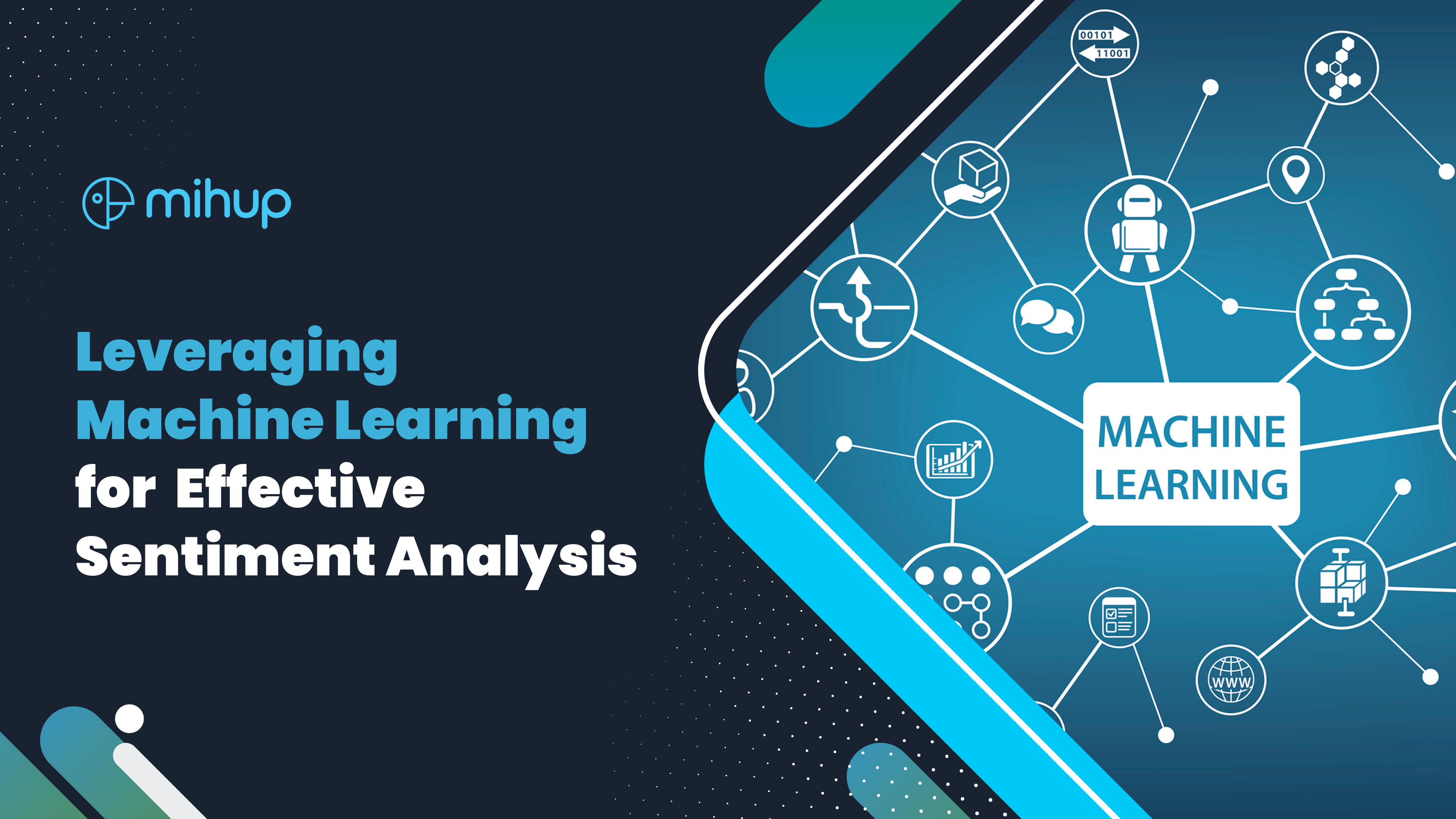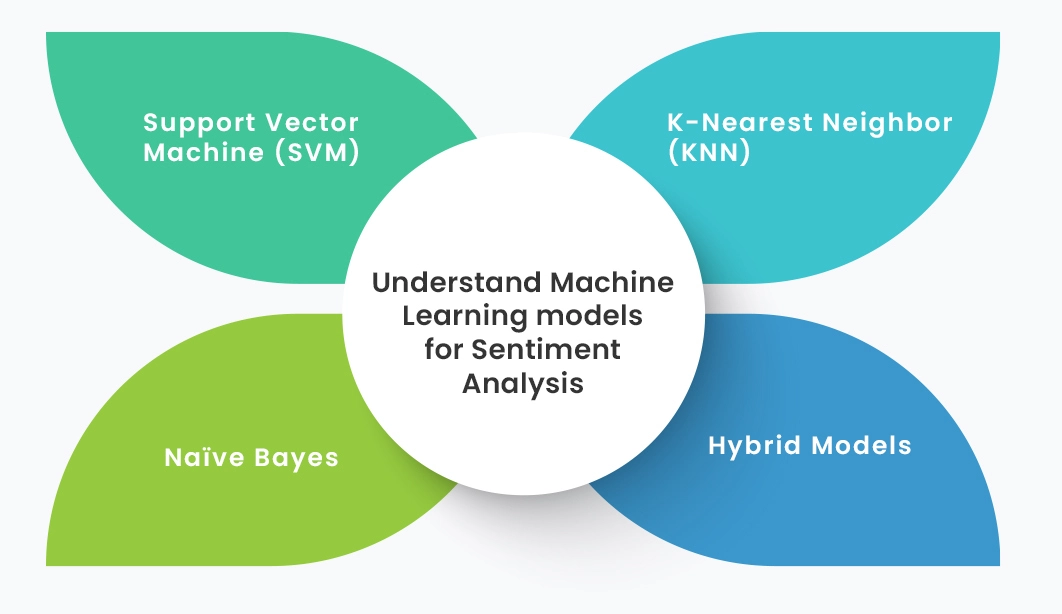In our AI-driven world, the human desire for meaningful connections remains stronger than ever. We all want to feel heard, valued and understood. Businesses that recognize this are not just focused on customer satisfaction; they’re committed to creating exceptional customer experiences. But let’s be honest: understanding the emotions of every individual is no easy task. In the past, sentiment analysis relied heavily on people. Imagine trying to listen to 100 customer calls in a single day and accurately gauge each person’s feelings—that’s simply impossible.
Now, with AI tools at our fingertips, sentiment analysis has evolved from those manual efforts into a powerful, automated process that helps companies truly understand their customers. Machine learning and natural language processing (NLP) are essential in interpreting the emotional tone of communication—whether in contact centers, live chat, or even writing software. By leveraging these technologies, businesses can gain deeper insights into customer sentiments, respond instantly to feedback, and nurture those meaningful connections we all crave.
In this blog, we’ll explore how machine learning is reshaping sentiment analysis into a more effective, efficient, and scalable tool for truly understanding our customers.
What is Machine Learning?
Machine learning is like the brain behind the curtain, helping software learn from data to make sense of human emotions. For example, when a call center utilizes sentiment analysis software, machine learning continuously observes customer interactions, learning to identify the tones related to positive or negative sentiments.
As companies interact with more customers, these algorithms get smarter. They can flag key phrases that indicate a customer’s mood, allowing businesses to prioritize critical issues. However, it’s essential to remember that machine learning isn’t foolproof; it can sometimes miss the mark, especially when interpreting sarcasm or subtle emotional cues.
How Machine Learning Enhances Sentiment Analysis
When it comes to understanding customer emotions, machine learning is the core technology that makes sentiment analysis possible. Machine learning employs Natural Language Processing (NLP) to teach computers how to interpret and analyze human language in a meaningful way.
NLP acts as a translator between human emotions and algorithms. It enables machines to decode not just the words people use but also the feelings behind those words. For instance, when a customer expresses frustration on a call, machine learning algorithms, trained with vast datasets, can identify phrases and tone variations that signal negative sentiment.
By continually learning from new data, these algorithms become increasingly adept at recognizing patterns and nuances in communication. This synergy allows businesses to not only gauge customer sentiment in real time but also adjust their strategies accordingly. Whether it’s refining marketing messages or addressing customer complaints swiftly, the combination of machine learning and sentiment analysis creates a more responsive and engaging customer experience.
Sentiment Analysis Using Machine Learning Techniques
Sentiment analysis powered by machine learning involves training algorithms to understand and interpret human emotions from various types of data, including text, audio, images, and videos. For example, analyzing customer reviews, social media posts, recorded conversations, or even facial expressions in videos can help determine the sentiment being expressed. Here’s how it works:
Data Input
Collects multi-modal data, such as text from customer reviews or social media, audio recordings of customer calls, or images and video for facial expression analysis.
Machine Learning Models
Utilizes various algorithms like Support Vector Machines (SVM), Naïve Bayes, and K-Nearest Neighbors (KNN) to identify patterns and analyze sentiment across different data types.
Natural Language Processing (NLP):
Transforms text and spoken language into a structured format that algorithms can analyze, making it possible to derive emotional context from human communication.
Audio and Visual Analysis:
Employs speech recognition and computer vision techniques to extract sentiment from vocal tones, pitch variations, facial expressions, and body language in audio and video data.
Continuous Learning:
Models adapt and improve over time, becoming better at detecting nuances in sentiment, such as sarcasm, tone shifts, or context-specific emotions.
Actionable Insights:
This provides businesses with valuable feedback, enabling them to enhance customer experiences, tailor marketing strategies, and address customer concerns more effectively.
By integrating these machine learning techniques, companies can gain a deeper understanding of customer emotions across various channels and respond effectively to their needs, thereby creating a more personalized and engaging customer experience.
Understand Machine learning models for sentiment analysis
Machine learning models play a crucial role in sentiment analysis by being trained on various examples of human language and their corresponding sentiments. Once trained, these models allow sentiment analysis software to evaluate and assign sentiment scores to new data—be it text, audio, or visual content—based on their previous learning. This enables businesses to effectively gauge customer emotions and feedback across multiple communication channels. Machine learning continually transforms sentiment analysis, and here are some key methods making this possible:
Support Vector Machine (SVM)
SVM is a sophisticated approach that enhances traditional linear regression models, allowing for more accurate predictions based on complex datasets.
Naïve Bayes
This model calculates the likelihood that a word or phrase carries positive or negative sentiment, making it one of the fastest and most effective methods for quick sentiment classification.
K-Nearest Neighbor (KNN)
KNN leverages labelled data to classify unlabeled instances, recognizing that similar data points tend to cluster together. Over time, it learns to identify positive, negative, or neutral sentiments based on their context.
Hybrid Models
These combine machine learning with rule-based systems, using both approaches to enhance sentiment analysis accuracy, especially in industries with specific jargon.
Real-time automated sentiment analysis using machine learning
Machine learning is increasingly becoming essential across various industries, empowering businesses of all sizes to enhance their operations. By integrating machine learning into sentiment analysis systems, companies can achieve greater automation and precision, enabling them to gain valuable insights into customer satisfaction and needs.
Automated and real-time sentiment analysis using machine learning is transforming how businesses interact with customers. By employing advanced algorithms, organizations can instantly analyze customer feedback from various sources, such as calls, chats, and reviews. This technology enables businesses to detect emotions in real-time, allowing them to respond promptly and effectively.
With AI-driven insights, companies can tailor their strategies, enhance customer satisfaction, and foster loyalty. The combination of automation and machine learning ensures that businesses remain agile and responsive in an ever-evolving marketplace.
Want to enhance your customer interactions today using these technologies? Talk to our experts to learn how our solutions can drive better results!







